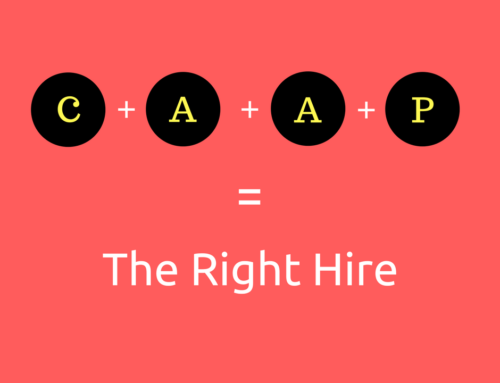Do you perform Character Reference checks on your job candidates?
Not too long ago, an ex-colleague of mine asked me to be his character referee for a job he was applying for. I agreed as I always have.
Several days later, the recruitment firm that was representing my ex-colleague called me up for the “reference check”.
Here were the questions the recruitment executive asked me:
-
In what capacity do you know Mr. A?
Have you worked closely with Mr. A?
What do you think are his strengths and weaknesses?
How would you describe Mr. A’s ability to work under pressure?
I wasn’t surprised at the questions because most recruiters ask similar questions anyway. These questions could at best, be described as “common”, “standard” or “run-of-the-mill” reference check questions.
The big question here is: Are these background check questions effective?
We should all keep in mind that candidates will only provide references he or she is comfortable with. In fact, as candidates we will only provide names of those whom we can get along with well and trust will say good things about us.
Think for a moment about your own Resume. Who would you include in your Resume as your Character References? Would you use your enemy as your character referee? Would you use the name of someone whom you absolutely could not get along with previously in your office?
If we as candidates only provide names of those whom we can get along with and trust will put in some good words for us, then what do we really expect out of such standard, run-of-the-mill reference checks? Do we really expect the character referees to tell you the absolute and unbiased truth about the candidate you are considering?
In most cases, we will never get the unbiased truth about the candidate. What we will get from these character referees would be a one-sided view of the candidate and most of the time it would be the positive side of the candidate in question.
Then what should you do if you want our background checks to be more effective?
Uncovering the Candidate’s Key Relationships
One technique that I have used very successfully is what I call the “Flanking Technique”.
The Flanking Technique is akin to throwing a curved ball at the candidate. In military strategy, Flanking is a common technique that is used on the battle field to outfox the enemy by attacking the enemy from the sides. However, this technique is effective only if there is an element of surprise.
Here’s an example of The Flanking Technique at work during an interview:
-
Interviewer : Do you work in a team?
Candidate : Yes, I do.
Interviewer : How many team members are there in your team?
Candidate : “There are ten, including myself.
Interviewer : Please draw the organisation chart of the team on the Whiteboard, listing each member’s Job Title and full name (assuming there is a whiteboard in the interview room. If there is no whiteboard in the room, ask the candidate to write the names down on a piece of paper)
Candidate proceeds to draw the organisation chart on the whiteboard (or paper).
-
Interviewer : Which of these team members do you work most closely with?
Candidate : I usually work very closely with Thomas. We work very well together.
Point to a name other than the one the candidate works most closely with (in this case, to a name other than Thomas) and ask:
“What would [name] say about you if I were to talk to him or her?
Then carefully observe the candidate’s facial expression, body language and the tone of voice for any sign of stress.
This is an effective way to encourage the interviewee to be truthful about his or her relationship with the other team members. If done correctly, this technique will help you determine if the candidate is a true team player or if he or she is a person you should drop from your list of potential hires.
Do you need to call every person the candidate has listed? In most cases you do not have to. The main aim of the Flanking technique is to let the candidate believe that you will call them.
Variations of the Flanking Technique
Other variations of the Flanking Technique include the following:
-
• Asking the candidate to list down the full names of every member of the team on the whiteboard or on a piece of paper
• Asking the candidate to write down names (or team org chart) of other teams they work with
Asking the candidate to draw the team organization chart is an effective way to get the candidate talking about his or her team mates. What you would need to do is to ask the candidate to write the actual names and title of each team member on the chart.
These are very effective ways to get your candidate to be more truthful about their relationships in the office – be it their peers, subordinates or their bosses. But you need to keep in mind that the element of surprise is required for this technique to be effective.







Leave A Comment